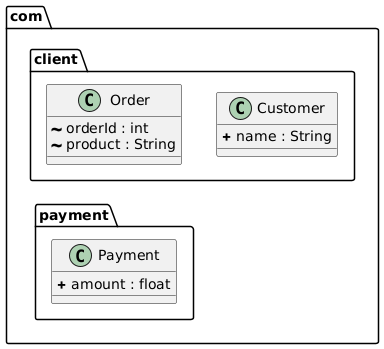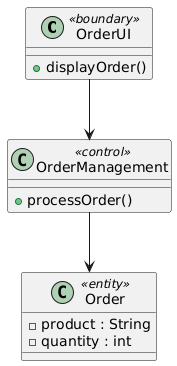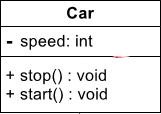UML Diagrams MCQs Questions With Answers – Part 10
Test your knowledge and boost your confidence with these multiple-choice quizzes focused on UML diagrams, foundational software engineering concepts, and real-world best practices. Designed for students, developers, and exam candidates, these MCQs offer a quick and effective way to assess your understanding and sharpen your skills.
1. In a UML class diagram, what does “1..*” mean?
A The element is optional
B It can be null or unique
C There is exactly one instance
D There is at least one instance
2. What does the notation ~ before a method in a class diagram mean?
A Private
B Package (default)
C Abstract method
D Protected
3. What is the main difference between a class diagram and an object diagram?
A The class diagram shows the actual execution
B The class diagram shows the abstract structure; the object diagram shows real instances
C The object diagram only shows methods
D The object diagram is used only for databases
4. What type of diagram is this model?
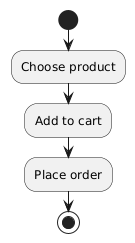
A Sequence diagram
B Use case diagram
C Activity diagram
D State diagram
5. What does a stereotyped rectangle <<boundary>> represent in UML architecture?
A A hardware component
B A persistence class
C A design error
D An interface between the system and an external actor
6. What error does this UML diagram contain?
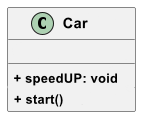
A Missing attributes
B Incorrect notation for a method
C The class names are incorrect
D Nothing unusual
7. What is the correct definition of a “secondary actor” in a use case diagram?
A The one who directly triggers a use case
B The one who is involved indirectly or in support
C The one who validates the results
D The one who connects to the interface
8. What is the purpose of a timing diagram in UML?
A To show the life cycles of objects
B To visualize the evolution of states over time
C To define user use cases
D To organize physical components
9. In a class diagram, which element contains attributes and operations?
A Object
B Class
C Use case
D Actor
10. What is the main difference between a class diagram and a component diagram?
A The class diagram shows the internal architecture of a system, while the component diagram shows its hardware deployment
B The class diagram describes the actions of the system, while the component diagram shows external actors
C The component diagram does not contain classes
D The class diagram is always more complex than a component diagram


